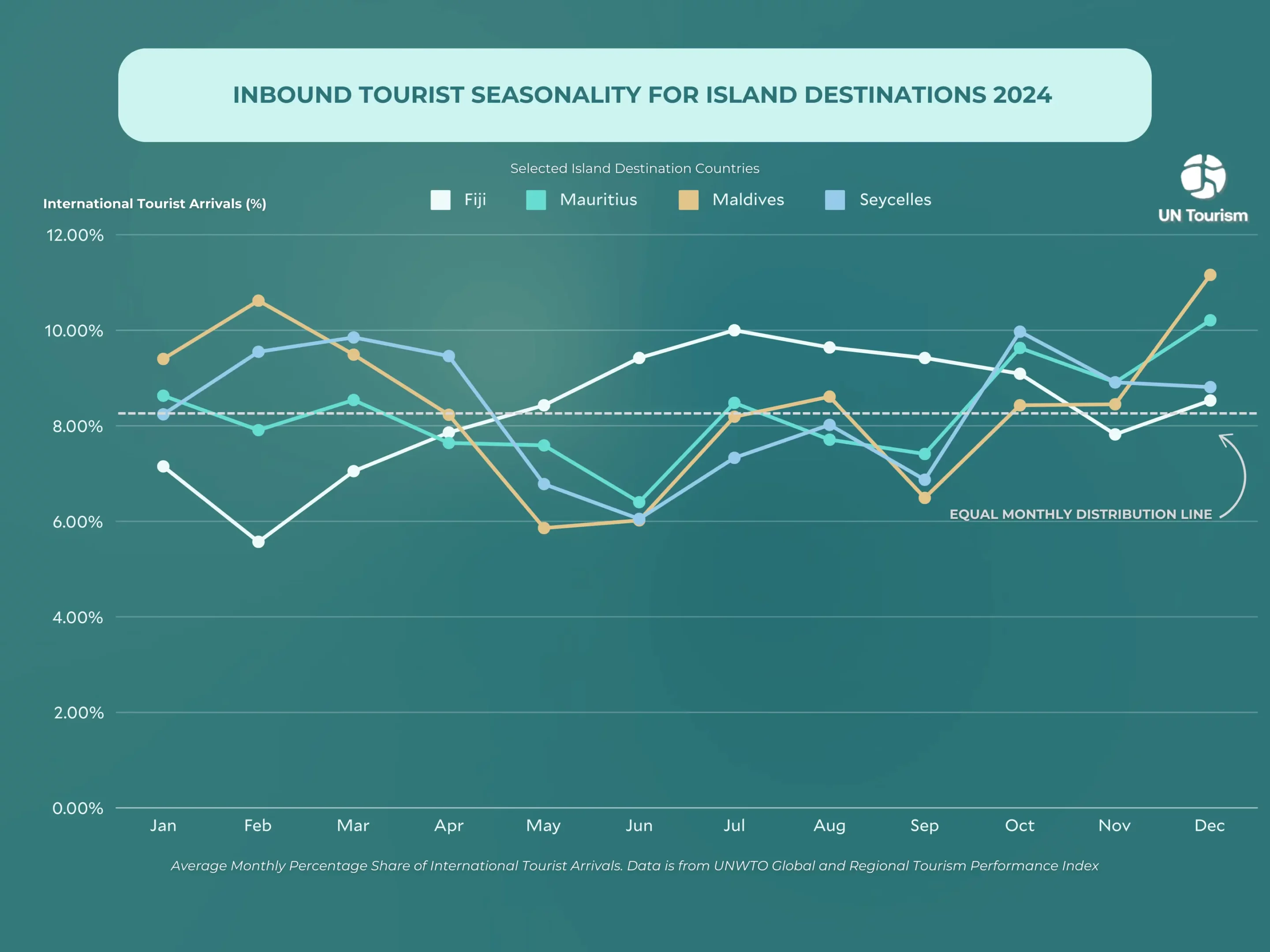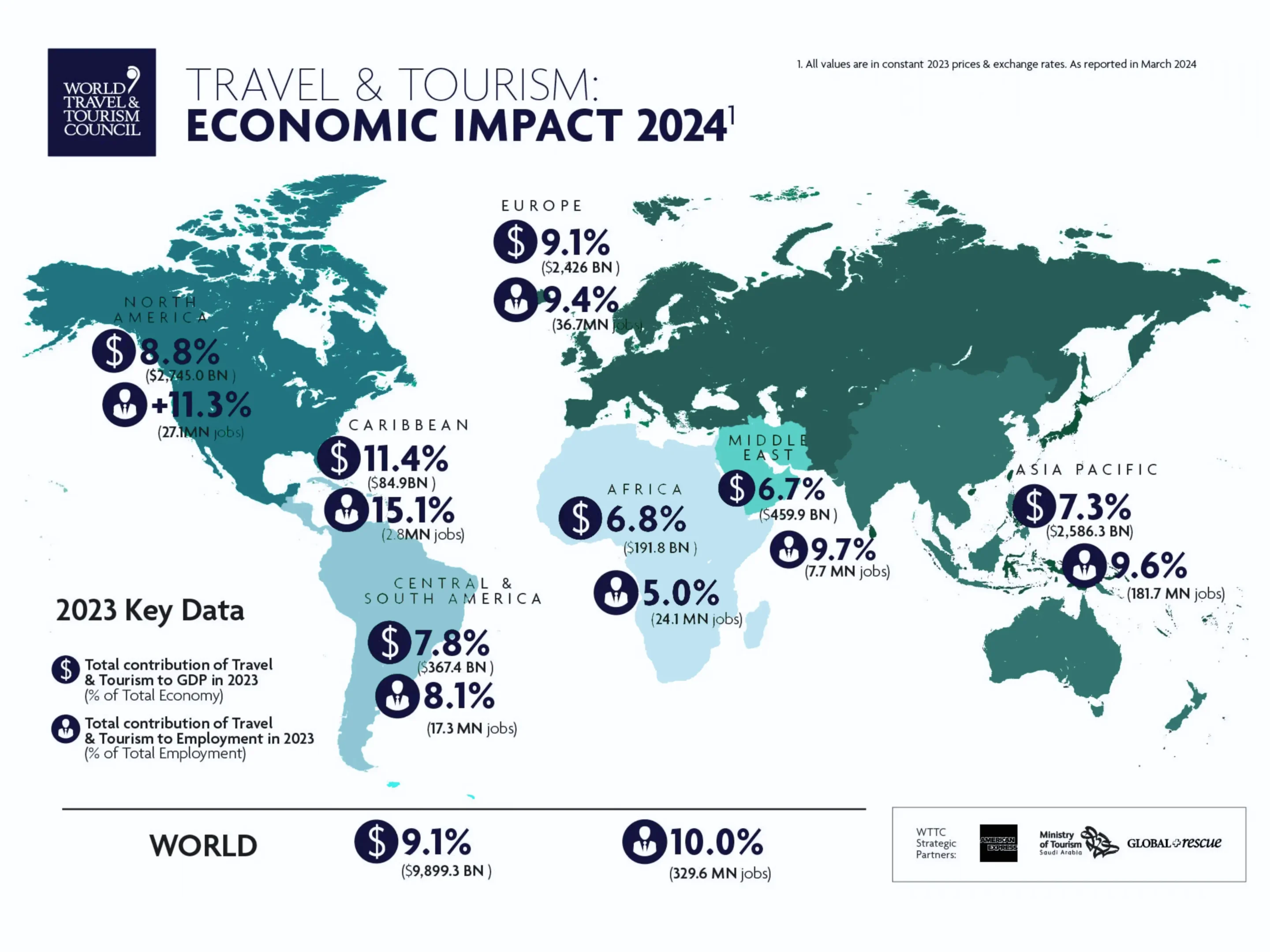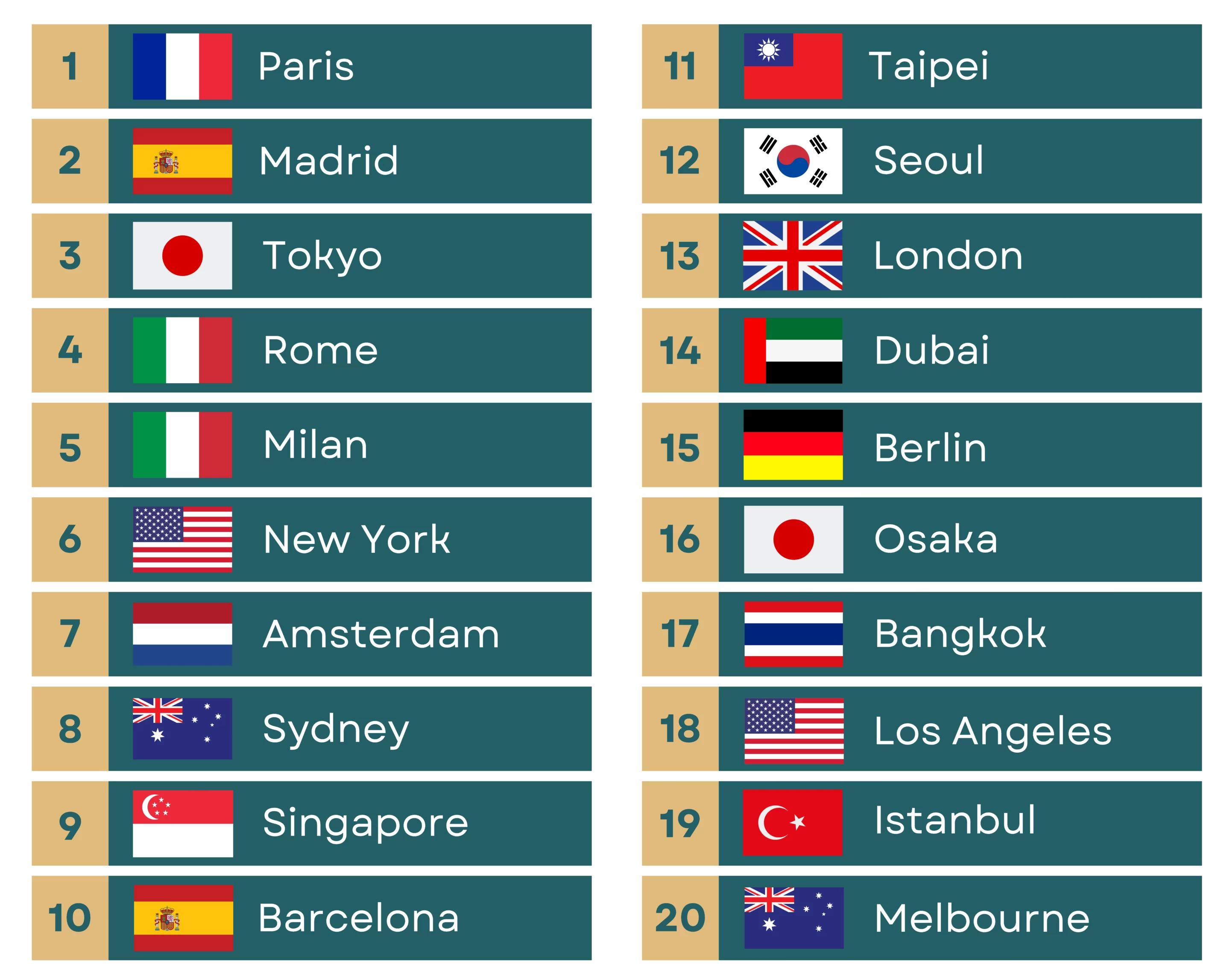How We Build A Resort
Homepage / How We Build A Resort / Chapters / 01 Site Selection
CHAPTER

Site Selection
What makes a good island?
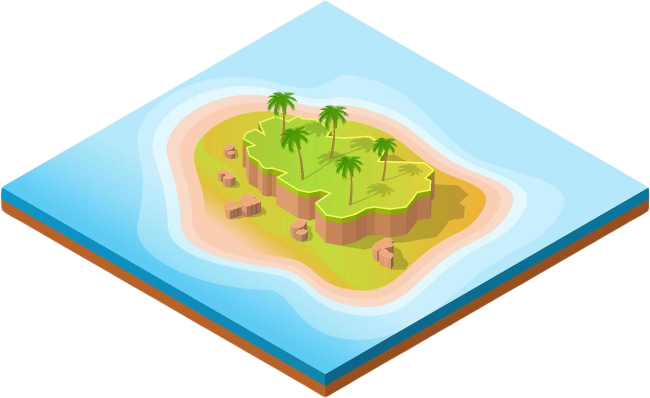
The allure of resort development lies in the promise of creating luxurious retreats in scenic settings.
The allure of resort development lies in the promise of creating luxurious retreats in scenic settings. However, turning this vision into reality requires more than just selecting a beautiful location. The success of any island development project hinges on a carefully considered site selection process, involving a meticulous analysis of factors that determine the island’s suitability. In this chapter, we will uncover the essential elements that make an island a prime candidate for development, guiding you through the site selection process of three fundamental principles.
ARTICLES
1.0 - Introduction
Discover why proven destinations are key to successful resort development. Learn how location impacts operations, guest satisfaction, and market appeal.
1.1 - 1st Principle: Is this a Proven Destination or Not?
Owning a resort is more than just holding the title to a piece of land—it’s about navigating complex agreements, long-term commitments, and ensuring financial stability. But what exactly does it take to form a robust ownership structure that can withstand the dynamic nature of the hospitality industry?
1.2 - 2nd Principle: Positioning
1.3 - 3rd Principle: Size & Access Matters
Luxury doesn’t just happen—behind every seamless guest experience lies a carefully designed infrastructure. How do we balance innovation, sustainability, and practical needs, especially in remote locations like islands?
1.4 - Island Destinations
Luxury doesn’t just happen—behind every seamless guest experience lies a carefully designed infrastructure. How do we balance innovation, sustainability, and practical needs, especially in remote locations like islands?
1.5 - Why the Maldives? - A Personal Perspective
Luxury doesn’t just happen—behind every seamless guest experience lies a carefully designed infrastructure. How do we balance innovation, sustainability, and practical needs, especially in remote locations like islands?
1.6 - Maldives Positioning
Luxury doesn’t just happen—behind every seamless guest experience lies a carefully designed infrastructure. How do we balance innovation, sustainability, and practical needs, especially in remote locations like islands?
1.7 - Birth of an Atoll
Luxury doesn’t just happen—behind every seamless guest experience lies a carefully designed infrastructure. How do we balance innovation, sustainability, and practical needs, especially in remote locations like islands?
01.1
1st Principle: Is this a proven destination or not?
A Known Gem over a Hidden Gem. The first principle of hospitality development is much like the golden rule of real estate: location, location, location. This rule is the cornerstone of any successful project. In real estate, the value of a property is inherently linked to its location— whether it’s an office in a bustling business district or a home in a desirable neighborhood. The same holds true in hospitality, though with its own set of nuanced considerations.
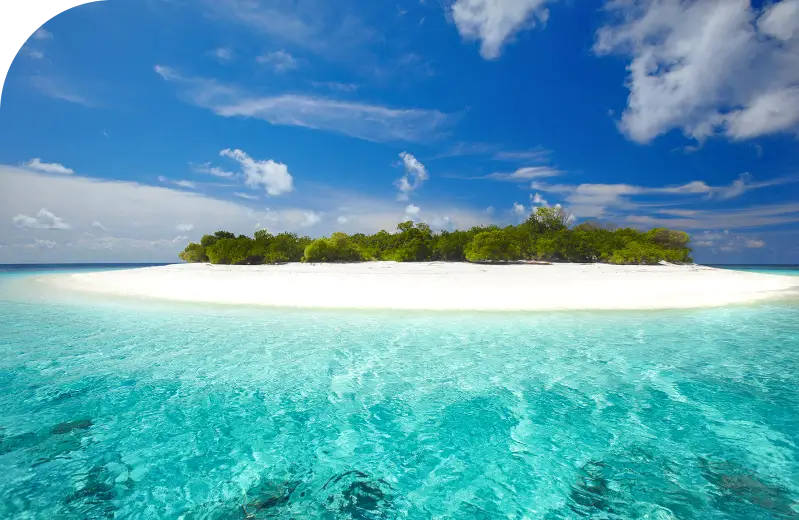
INSIGHTS
Location Sets The Foundation For Success
A resort’s location is the most critical factor influencing its appeal, accessibility, and profitability. Proven destinations provide a head start by leveraging existing demand and infrastructure, making it easier to attract guests and streamline development.
Proven Destinations Offer Strategic Advantages
Known locations come with established ecosystems— contractors, suppliers, transportation networks, and market familiarity—reducing the challenges of development. This enables developers to focus on delivering unique guest experiences without reinventing the wheel.
Hidden Gems Are a Gamble, Not a Shortcut
While the allure of undiscovered locations is strong, they come with significant risks: lack of demand, undeveloped infrastructure, and higher marketing costs. Proven destinations allow for creativity and innovation without the burden of pioneering an entirely new market.
In the hospitality sector, while the precise street address may not be as critical as it is for an office building or a warehouse needing proximity to a highway, the broader location is still a crucial factor in site selection. Choosing the right location goes beyond finding a picturesque setting; it’s about strategically positioning the property within a destination that resonates with the target market and is supported by essential infrastructure and an established ecosystem.
Is the site in an area already known for attracting tourists and where established resorts have successfully set up? Opting for such a location offers several advantages. First, it gives you a head start in attracting guests, as the area’s established reputation naturally draws visitors. This is particularly beneficial for new developments, as it’s easier to build momentum in a place where there’s already demand.
Moreover, being in a proven destination allows you to tap into an existing ecosystem of contractors, consultants, designers, financiers, and investors who are familiar with the local market. Established infrastructure—such as transportation networks, utilities, and support services—further eases the challenges of setting up a new resort. This connectivity streamlines the development process and enhances operational efficiency and guest satisfaction once the resort is open.
Choosing a proven destination over a hidden gem is about leveraging existing demand and infrastructure to create unforgettable experiences, rather than starting from scratch.
Proven locations attract tourists naturally, which reduces the need for heavy marketing and allows developers to focus on crafting unforgettable guest experiences. These destinations already offer reliable transportation, utilities, and local support networks, cutting development costs and simplifying operations. Banks and investors back projects in proven locations more readily, as they see reduced risk and greater potential for returns. By choosing a known destination, developers align with guest expectations and avoid the uphill battle of building demand from scratch. Instead of spending time and resources introducing an unknown location to the world, they can focus on refining the resort experience and delivering what truly matters—memorable guest experience.

Shintaro Hashimoto
Hospitality Investment Director
You’re not an Explorer: Resist the Lure of Uncovering a Hidden Gem
What defines a proven destination? Simply put, are potential tourists already familiar with the location? It’s important to recognize that there are often sub-destinations within a larger destination, and these distinctions can be significant—or not. For example, the Maldives is globally recognized as a paradise, but within the Maldives, is Raa Atoll or Shaziani Atoll a distinct destination, or do guests see it as just another part of the whole? Likely it doesn’t matter. If a location is unfamiliar, it’s crucial to engage with the market and understand how the destination is perceived. Keep in mind that on Google Maps, areas that appear geographically close may feel much farther to guests in reality. Even one alley away from a popular spot can drastically alter perceptions.
Developers might find satisfaction in the potential of undeveloped land, but guests demand immediate gratification of their desires and needs. The allure of a hidden gem is undeniable, but the practical challenges of developing an unknown location are significant. While there is a certain thrill in introducing a new destination to the world, the path is fraught with hurdles that can be avoided by focusing on established, proven locations.
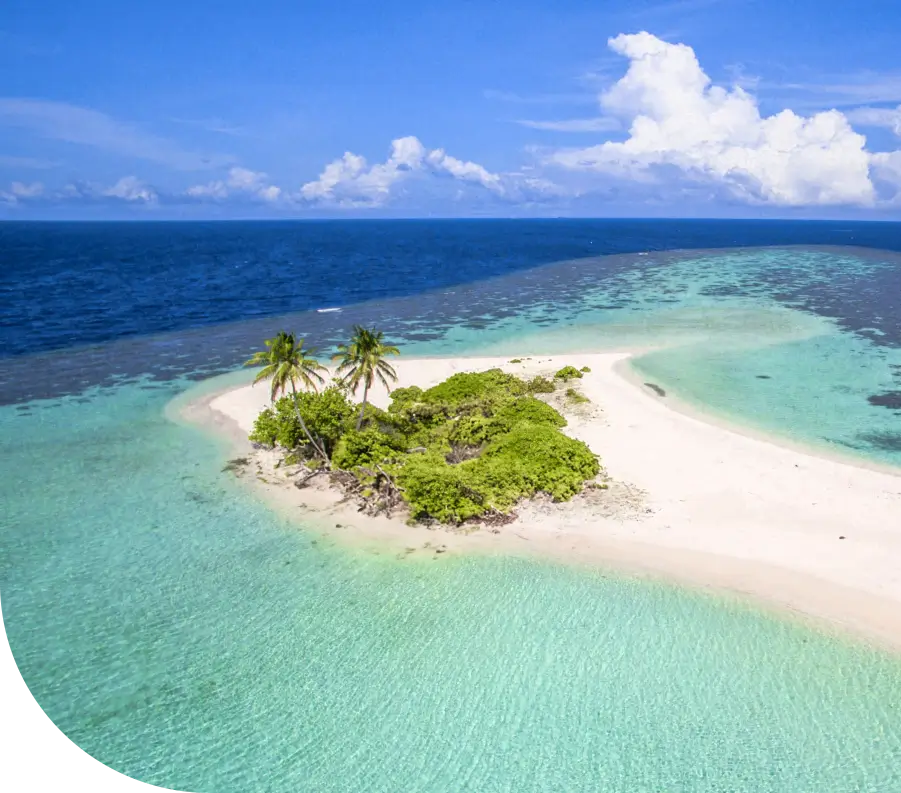
The UNWTO TravelTomorrow initiative explores the evolving dynamics of global tourism, emphasizing the delicate balance between uncovering hidden destinations and meeting modern travelers’ high expectations.
If Bali is familiar to you, is it Ubud—propelled into the limelight by “Eat Pray Love”—or is it a lesser-known locale like Sidemen or Amed? Similarly, think about less renowned spots around the world, like the hidden coves of Croatia’s Dalmatian Coast or the secluded beaches of Grenada in the Caribbean. These places haven’t yet been discovered by the masses but could hold incredible potential. However, potential alone isn’t enough to attract discerning guests. For example, honeymooners expect an indulgent, intimate experience with amenities like a private plunge pool by the beach, floating breakfasts in their villa’s infinity pool, gourmet dining with a sommelier, and personalized spa sessions. Promising these features in the future but not delivering them now won’t satisfy them.
Don’t be Creative with the Location
There is ample room for creativity and unique experiences within well-known destinations;
This allows developers to innovate without the added burden of pioneering a completely new area. In the end, the success of a resort hinges on its ability to meet and exceed guest expectations from the moment they arrive.
We often hear remarks like, “This place has more beautiful beaches than Phuket. It’s a hidden gem. Maybe it’s worth building a resort.” While such comments are enticing, they require careful consideration. If our goal is to introduce a new destination to the world, then this route might be worthwhile. However, developers must be prepared for an uphill battle, as establishing an unknown location demands substantial effort and investment.
We understand the allure of discovering a place unknown to many—perhaps it’s the explorer in us, akin to Christopher Columbus or Marco Polo, that drives this desire. The thrill of envisioning and building a new destination can be exhilarating. Imagine guests traveling from the farthest corners of the world, like Alaska, to experience the paradise you’ve created. Consider couples celebrating their honeymoon—a highlight of their romantic lives—at a resort that you and your team have brought to life. These are significant moments to be cherished, made even more special by knowing you’ve introduced the world to this hidden gem.
However, while we understand the enthusiasm, we don’t believe this is the right move for us. Developing a destination is already challenging; why make the process even harder? We believe there is ample room for creativity within the boundaries of a proven location. We don’t need the uniqueness to come from the location itself; it can be expressed through thoughtful design and exceptional experiences.
Introducing a hidden gem to the world means that our development team must create demand for the location, undertake extensive marketing, recruit and retain talent, and work with suppliers who may be unfamiliar with the area. Additionally, the challenges of building the resort itself are significant—will the locals understand the project? Can contractors mobilize to our site? Do we have designers who comprehend the natural terrain of the resort? Securing bank financing in a lesser-known destination can also be difficult. It’s better to piggy back on the work that the predecessors have already done to bring the destination to market.
Do Developers Prefer Proven Destinations or Hidden Gems?
PROVEN DESTINATIONS
75%
of resort developers say they prefer proven destinations with established demand, infrastructure, and market familiarity.
HIDDEN GEMS
25%
of developers say they are drawn to hidden gems, prioritizing untapped potential and the thrill of discovery despite higher risks.
SOURCE | World Travel & Tourism Council Download
Top 20 City Destinations of 2024
To determine whether our location is a proven destination, simply look around: do we see similar resorts nearby? If not, we may be embarking on a journey filled with both excitement and substantial challenges.
Choosing the right location is the cornerstone of a successful resort. Proven destinations provide a solid foundation with existing demand, infrastructure, and market readiness, allowing developers to focus on creating exceptional guest experiences. While hidden gems hold allure, they often come with challenges that can delay success and increase costs. In the end, the goal is not just to find a beautiful site but to ensure it aligns with the expectations and needs of your target market.
Now that we’ve established the importance of selecting the right destination, the next principle focuses on positioning. Even in a proven destination, not all locations are created equal. Where within the destination you place your resort can define its appeal, accessibility, and uniqueness. Let’s explore Principle 2: Strategic Positioning and how it shapes the guest experience and your project’s success.
Want to Dive Deeper?
Explore more about resort development, from strategic positioning to crafting unforgettable guest experiences. Learn the secrets behind creating world-class destinations.
How we Build a Resort
Executive Summary
The allure of resort development lies in the promise of creating luxurious retreats in scenic settings. However, turning this vision into reality requires more than just selecting a beautiful location.
Site Selection: What makes a good island?
Owning a resort is more than just holding the title to a piece of land—it’s about navigating complex agreements, long-term commitments, and ensuring financial stability. But what exactly does it take to form a robust ownership structure that can withstand the dynamic nature of the hospitality industry?
Ownership: Is owning an Island really possible?
Every great resort starts with an idea, but what steps are necessary to turn that concept into a reality? From market positioning to guest experience design, the concept defines the soul of the resort and how it will be perceived by guests.
Concept: How do you transform a vision into a destination?
Luxury doesn’t just happen—behind every seamless guest experience lies a carefully designed infrastructure. How do we balance innovation, sustainability, and practical needs, especially in remote locations like islands?
Infrastructure: What does it take to build a paradise?
Behind every memorable guest experience is a highly coordinated team working both front and back of house. How do we integrate multicultural teams and manage logistics on a secluded island to deliver five-star service around the clock?
Operations: How do you keep paradise running like clockwork?
A resort’s success depends on more than just the physical property—it thrives on the strength and harmony of its team. What strategies are employed to create a cohesive, motivated, and culturally diverse workforce that consistently delivers exceptional service?
The Team and it’s Culture: What makes a dream team thrive?
Running a resort on an island involves much more than daily operations—it requires a well-planned and reliable logistics system. How do we ensure the timely and efficient transportation of essential supplies like food, fuel, and materials to keep the resort running smoothly, despite geographical challenges?
Logistics: How do you bring the impossible to a remote island?
Sales and marketing aren’t just the finishing touches—they’re integral layers that build a resort’s reputation and attract the right clientele. What role do wholesale companies, PR agencies, and sales representatives play in driving revenue and visibility, and how does a well-structured budget maximize these efforts?
Sales and Marketing Distribution: What does it takes to make the world fall in love with your resort?
A resort’s brand is more than just a logo—it’s the essence of the guest experience. How do we create a brand that not only stands out in a crowded market but also resonates with guests, creating lasting impressions and loyalty?
The Brand: What makes a resort truly unforgettable?
A resort’s brand is more than just a logo—it’s the essence of the guest experience. How do we create a brand that not only stands out in a crowded market but also resonates with guests, creating lasting impressions and loyalty?
